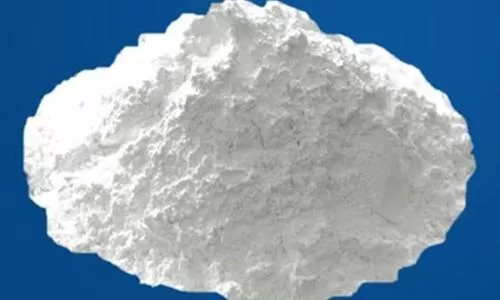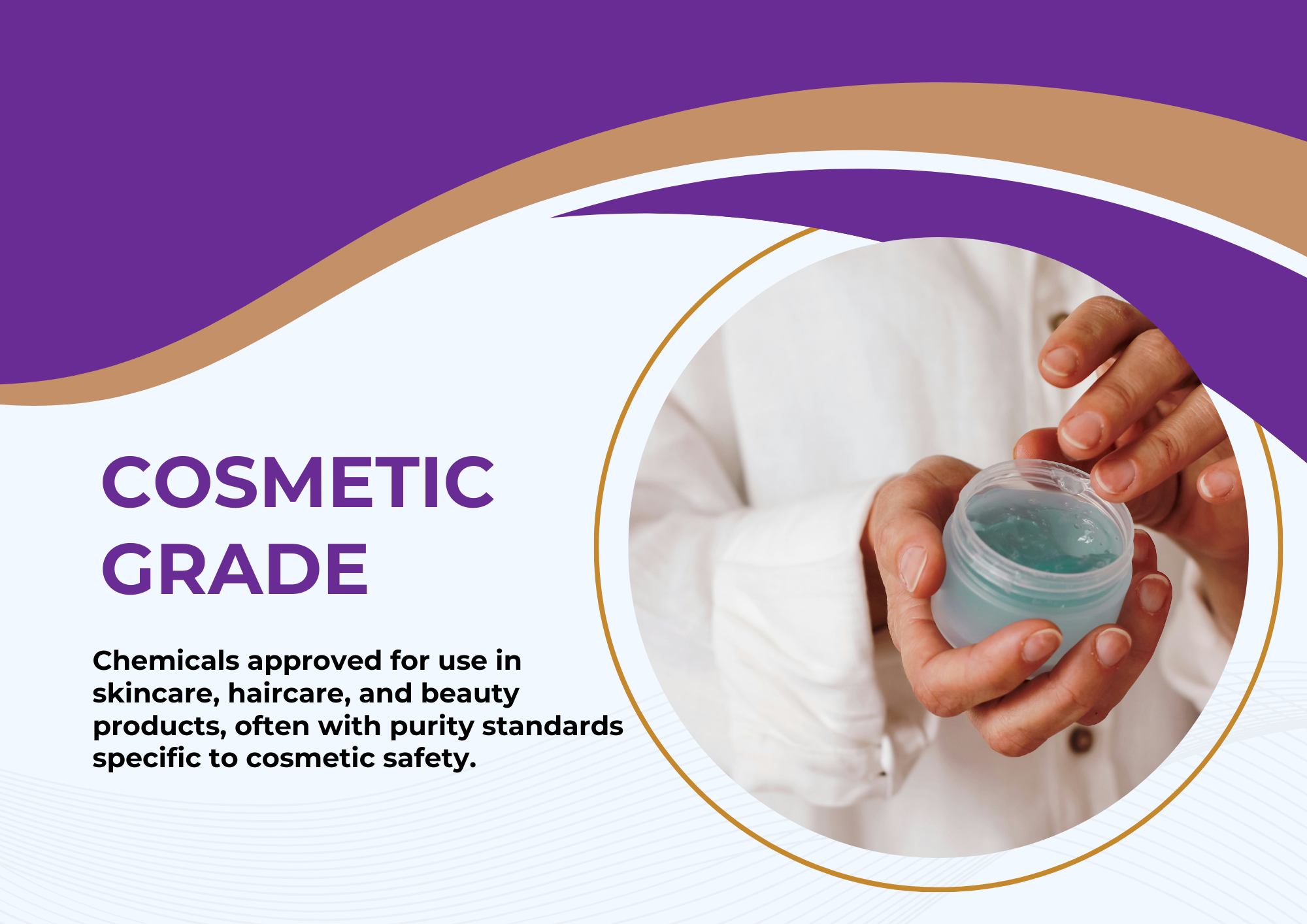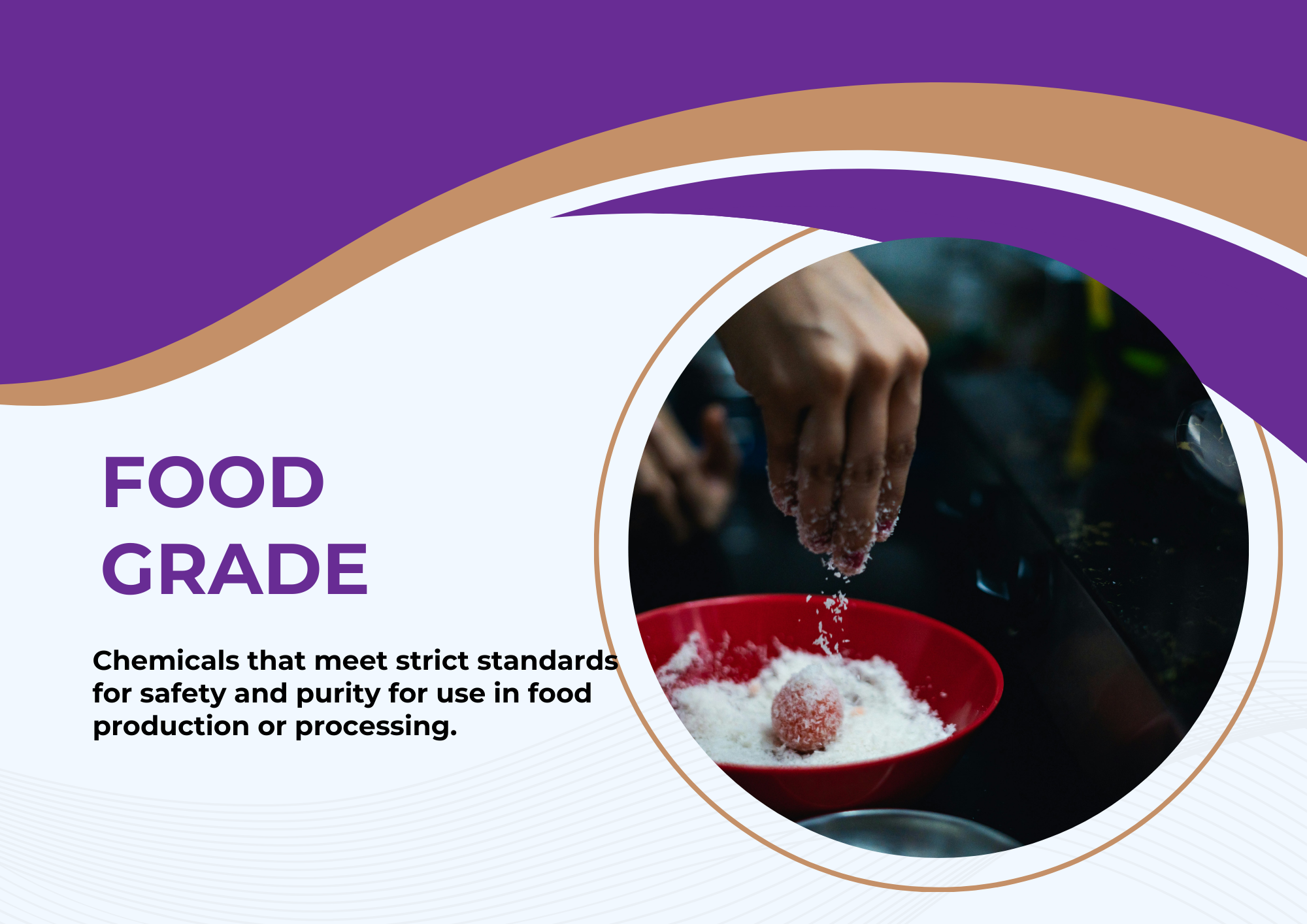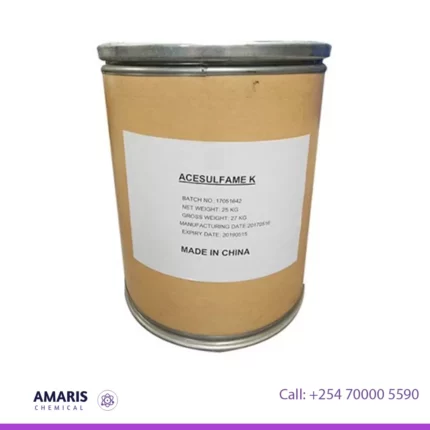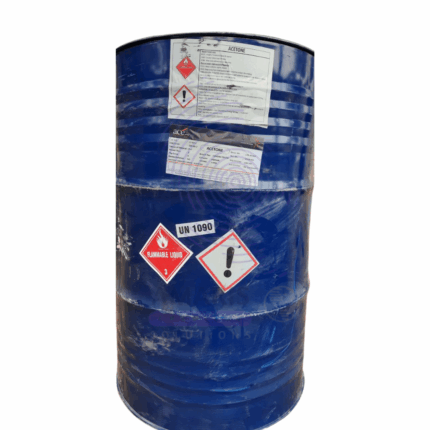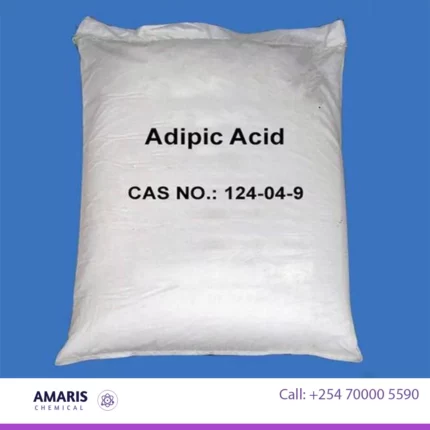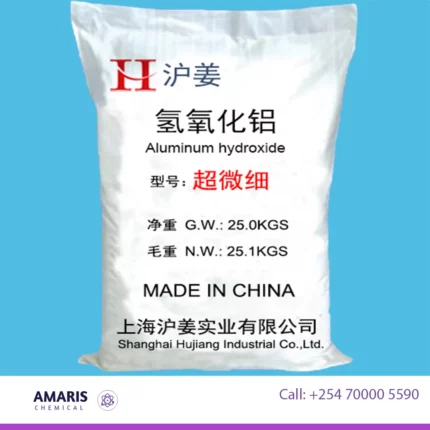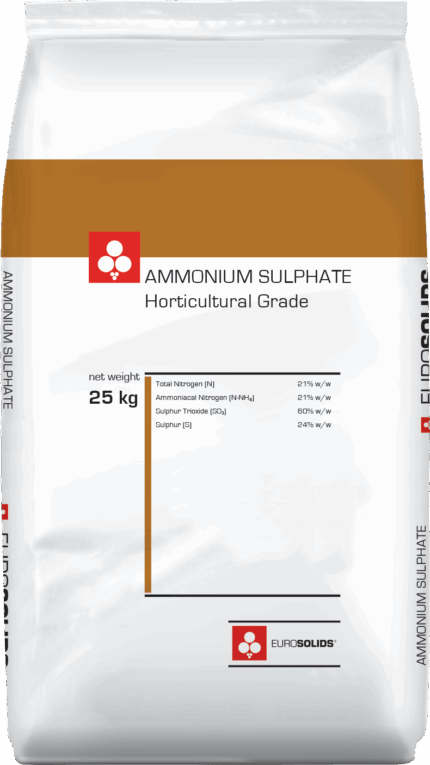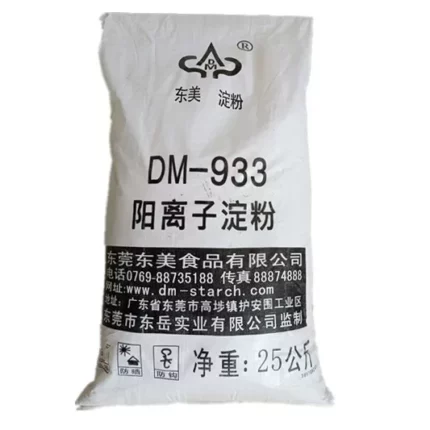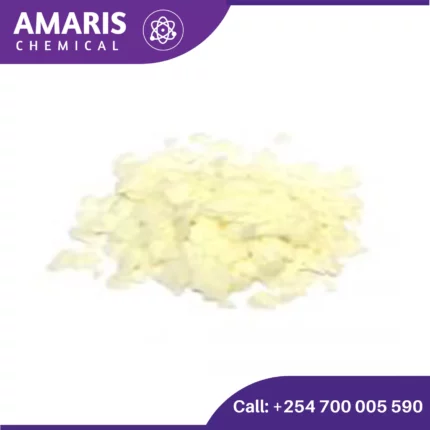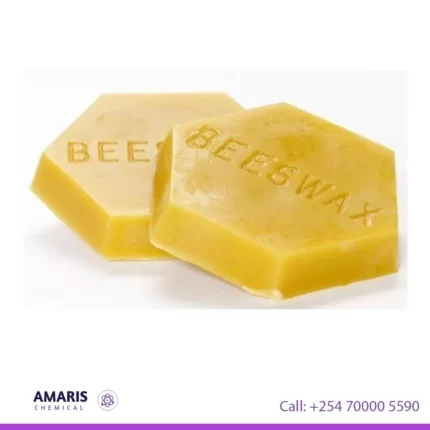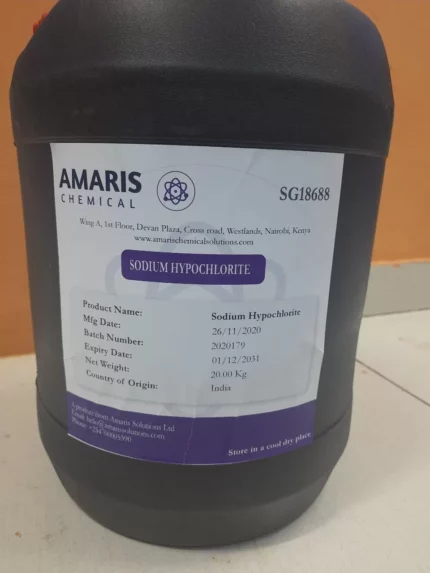

Aluminium silicate
$9,500.00 Original price was: $9,500.00.$9,000.00Current price is: $9,000.00.
Aluminium silicate is a compound made up of aluminium, silicon, and oxygen, with the chemical formula Al2SiO5. It is also known as kaolin, a naturally occurring clay mineral that is widely used in a variety of industrial applications. Aluminium silicate is valued for its high temperature resistance, low thermal expansion, and good electrical insulation properties, which make it useful in the manufacturing of ceramics, refractory materials, and insulators. It can also be used as a filler in paper, paint, and plastics.
ALUMINIUM SILICATE USES
- Ceramics and Refractory Materials: Aluminium silicate is widely used in the production of ceramics and refractory materials due to its high temperature resistance, low thermal expansion, and good mechanical properties. It is used to make high-quality porcelain, fine china, and other ceramics that are durable and have a smooth finish. In refractory materials, it is used as a component in firebrick, insulation, and castables.
- Paints, Coatings, and Pigments: Aluminium silicate is used as a filler and extender in paints, coatings, and pigments to improve their properties such as opacity, brightness, and resistance to wear and tear. It is also used as a flatting agent to reduce gloss in coatings.
- Plastics: Aluminium silicate is used as a filler in plastics to improve their mechanical properties such as stiffness, strength, and dimensional stability. It is also used as a flame retardant to reduce the flammability of plastics.
- Paper: Aluminium silicate is used as a filler in paper to increase its brightness, opacity, and printability. It also improves the paper’s surface smoothness and reduces ink absorption.
- Personal Care Products: Aluminium silicate is used as an ingredient in personal care products such as cosmetics, soaps, and toothpaste. It acts as a thickener, opacifying agent, and abrasive.
- Pharmaceuticals: Aluminium silicate is used as an inactive ingredient in some pharmaceuticals such as tablets and capsules. It is used as a diluent or filler to improve the flowability and compressibility of the active ingredient.
Overall, aluminium silicate has a wide range of industrial applications due to its unique properties and versatility.
| APPEARANCE |
Powdery – Fine, dry particles e.g., baking soda |
|---|---|
| AVAILABLE PACK SIZE |
25kg( Metal or Plastic Jerrycan/ Bucket, Bag, Box, Polythene bag, Carton bag) |
1. Basic Identification Attributes
- Chemical Name: Aluminum silicate (IUPAC: Dialuminum silicon pentaoxide)
- CAS Number: 12141-46-7 (generic), 1327-36-2 (kaolin)
- HS Code: 2839.90.00 (Other silicates)
- Molecular Formula: Al₂SiO₅ (typical), or Al₂O₃·SiO₂ (variable ratios)
- Synonyms: Aluminum silicon oxide, Kaolin (when hydrated), Porcelain clay, E559 (food grade)
2. Physical & Chemical Properties
- Physical State: Fine white powder (anhydrous) or soft clay (hydrated)
- Color & Odor: White; odorless
- Melting Point: 1545°C (anhydrous)
- Density: 2.8-2.9 g/cm³ (anhydrous)
- Refractive Index: 1.56-1.62
- Mohs Hardness: 4.5-5.5
- Specific Surface Area: 5-30 m²/g (varies by grade)
- Oil Absorption: 30-50 g/100g
- pH (10% slurry): 4.5-7.5 (depends on processing)
3. Safety & Hazard Attributes
- Hazard Class: Generally non-hazardous (dust may cause mechanical irritation)
- NFPA Ratings: Health-1, Flammability-0, Reactivity-0
- Exposure Limits:
- OSHA PEL: 15 mg/m³ (total dust), 5 mg/m³ (respirable)
- ACGIH TLV: 10 mg/m³ (inhalable particulate)
- Reactivity:
- Inert to most chemicals
- Reacts with strong acids/bases at high temperatures
4. Storage & Handling Attributes
- Storage Conditions:
- Dry, well-ventilated area
- Keep containers tightly sealed
- Incompatible Materials:
- Hydrofluoric acid
- Concentrated sulfuric acid
- Container Type:
- Multi-wall paper bags (25-50 lb)
- Fiber drums (bulk quantities)
- Shelf Life: Indefinite if kept dry
- Special Handling:
- Use dust control measures
- PPE: N95 mask for powder handling
5. Regulatory & Compliance Attributes
- Regulatory Status:
- FDA: 21 CFR 182.2727 (GRAS as anticaking agent)
- EU: E559 (food additive)
- REACH: Registered
- Hazard Symbols: None required
- Transportation Restrictions: Not classified as hazardous
- Waste Disposal: Landfill acceptable (non-hazardous)
6. Environmental & Health Impact
- Ecotoxicity: Essentially non-toxic (LD50 >5000 mg/kg)
- Persistence: Naturally occurring mineral
- Biodegradability: Not applicable (inorganic)
- Carcinogenicity:
- IARC: Not classified (Group 3)
- NTP: Not listed
Personal Protection:
- Respiratory:Use NIOSH-approved N95 respirator when handling powder (P1/P2 dust mask)
- Eye Protection:Safety goggles with side shields
- Skin Protection:Nitrile or latex gloves, long-sleeved clothing
- General:Wear closed-toe shoes and chemical apron if handling large quantities
Handling:
- Use in well-ventilated areasto prevent dust accumulation
- Avoid creating dust clouds(risk of inhalation and explosion)
- Implement local exhaust ventilationfor powder processing
- Use grounded equipmentto prevent static discharge
Storage:
- Store in sealed containersin dry conditions
- Keep away from strong acids and bases(may react)
- Separate from strong oxidizers
- Label containers clearly with product identification
Inhalation:
- Move to fresh airimmediately
- If breathing is difficult, administer oxygen
- Seek medical attention if respiratory irritation persists
Eye Contact:
- Flush eyes with lukewarm water for 15+ minutes
- Hold eyelids open during flushing
- Remove contact lenses if present
- Seek medical attentionif irritation continues
Skin Contact:
- Wash affected area with soap and water
- Remove contaminated clothing
- Apply moisturizer if dryness occurs
- Seek medical help for persistent irritation
Ingestion:
- Rinse mouth thoroughly with water
- Drink 1-2 glasses of water
- Do NOT induce vomiting
- Seek medical advice if large amounts swallowed
Fire Hazards:
- Non-flammable solid material
- Dust may form explosive mixturesin air
- No significant thermal decomposition below 1000°C
Extinguishing Media:
- Use water spray, fog, or foamfor surrounding fires
- Dry chemical powdersuitable for adjacent fires
- CO₂may be used for electrical equipment protection
Special Procedures:
- Wear self-contained breathing apparatus (SCBA)
- Cool containers with water sprayif exposed to fire
- Prevent dust clouds during firefighting
- Move containers from fire area if safe to do so
4. Spill Management
Small Spills:
- Wear appropriate PPE
- Carefully sweep up material
- Avoid creating dust
- Place in sealed container for disposal
Large Spills:
- Isolate hazard area
- Use vacuum with HEPA filterfor cleanup
- Prevent material from entering drains or waterways
Regulatory Status:
- Not classified as hazardous under GHS
- OSHA PEL: 15 mg/m³ (total dust), 5 mg/m³ (respirable fraction)
- No known carcinogenic effects
Disposal:
- Dispose in accordance with local regulations
- May be disposed as inert solid wastein approved facilities
- Avoid environmental release

